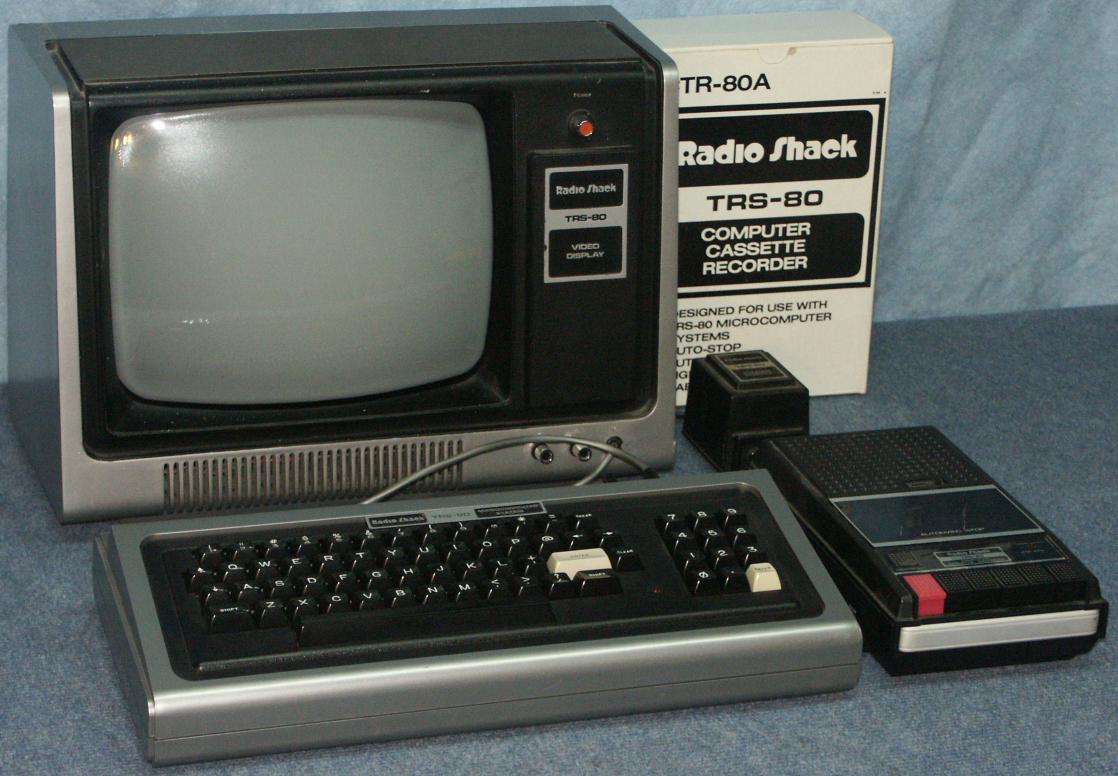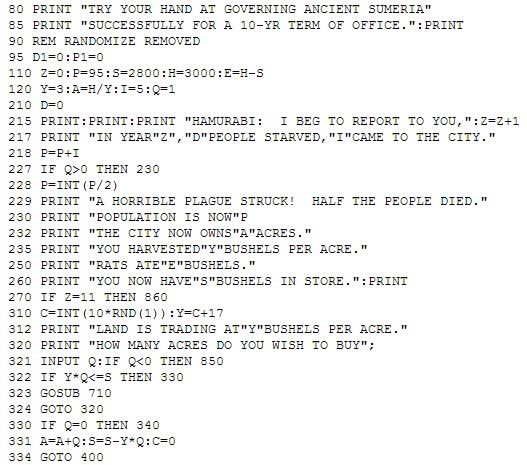By Mordekai
Rasufelle asked me to write a “historical perspective” about gaming for their Game Academy blog.
I could have been offended at being considered a “historical” gamer. But I chose to take it as a compliment. So here’s some history about me, games and gaming.
I bought my first “computer” when I was 15 -- that’s 35 years ago. I spent $59 on a TI-57 programmable calculator. That was a load of cash for a kid who made $20 a week catching chickens. The calculator could hold 50 steps of programming and had eight memory locations. It came with a manual with some sample programs and even had blank sheets to write down the steps for personal programs. I had a 12 digit red LED display.
I made two games for that calculator: I made a program that would roll two dice, displaying random numbers between 11 and 66 without the 7, 8, 9, 0. It was my first individually developed program and quite a challenge. Nobody was teaching programming in high school back then. I then wrote a “reflex” game that would scan a string of zeros across the display with a 1 cycling through them. The challenge was to stop the 1 as the first digit.
As an interesting aside: (At least to me.) This was 1979 and electronic calculators were just becoming affordable to the average person. I took my calculator to school almost every day. I even had a nerdy little plastic carrying case that hooked on my belt. However, I was barred from taking it into math class. The math teacher and the superintendent made sure I left that evil machine in my locker during math. How things have changed; now schools require students to have a calculator in math class.
In 1980, several things happened to me and to the computer industry. I discovered girls and got my driver’s license. I got a “full time” chicken catching gig, so I was making as much as $100 a week -- good money for a kid back in the day. I bought a car -- a 1963 Bel Air, 4-door, 3-on-the-tree -- and I rue the day I traded that old girl for a brand new Cavalier. On the computer front, Radio Shack introduced the TRS-80 Model I computer. I had to have one. They cost $600 for the bare machine: Computer with 4kb of RAM, Monitor, Cassette Recorder (for storage.) I told Mom and Dad I wanted one and I would pay for it. With six kids in the family, just buying one wasn’t really an option, so they got me one on a 1-year payment plan -- $56 a month. Mom brought it home and gave me the computer -- and the payment book. I paid it off in 3 months.
My first real computer was a thrill. (Almost, but not quite, better than girls.) When I got it all set up and turned it on for the first time, it spoke English. It said: READY> and I wasn’t. So I opened the manual and started learning Model I BASIC. The machine came with some example BASIC programs. One was a game called Lunar Lander, which demonstrated how to use the Model I’s Block Graphics. I spent hours typing in vectors and powers to land the lander without crashing. It was truly an all or nothing game: The lander landed or it exploded on impact. Start over. It also came with Blackjack and Backgammon, programmed in Model I BASIC. I learned to love Blackjack and to hate backgammon. I still swear the machine cheated on the dice rolls. I typed in a game from a magazine; it may have been Elementary Electronics, to which I subscribed for several years. I can’t recall, but that was one of the things magazines used to do -- list the code of a program so it could be typed in. The game was Hamurabi. I stored the typed in code on cassette and my brothers and I played this little simulation game for hours. In addition, I could tinker with the code and eventually added some of my own modifications to enhance the game play. 
I bought several commercial games for the Model I. Specifically, I bought MicroChess. I always felt chess on the Model I was a hell of an accomplishment. The machine only had 4kb of RAM. To program such a complex game into so little space was impressive. Then again, even I could beat the game on Level 1 without much challenge and on Level 2 we were fairly evenly matched. My uncle, a chess master, slaughtered it on Level 3, the highest skill. Still, it was like Star Trek in my room with a computer that could play chess.
I bought a text adventure called “Haunted House.” This game was probably not worth the $5 I paid for it. However, it was my first text adventure. After a single run-through of the “Haunted House,” solving a couple of easy puzzles, the game was over and really not worth playing again. However, it was a good example of what the computer could do specifically for people without a clue. Visitors to the house would come to my room to see my computer. It was quite the novelty. (I had the first one in the county.) The impressive part was that you typed English into it and it responded in English on the screen. I could set them down with a list of English commands and they could easily grasp how it all worked. Type a command; get a response. It made the whole idea of a computer a lot more people friendly and a lot less technologically intimidating.
This game was also interesting from a novice programmer’s perspective because Model I BASIC only had two string variables available for use: $A and $B. So data for the program had to be plugged into these two strings for every input comparison. (My next computer could use any number of strings and I was thrilled!)
The “Haunted House” game convinced me that I could program an adventure game myself and probably better. I created a BASIC game of surviving nuclear war. It really wasn’t any better than “Haunted House” but it wasn’t worse, either. Except, somewhere in the code, I misspelled “Nuclear” as “Necular” and my older brother made fun of me. But, he played my game. I also programmed a “craps” game that rolled graphical dice on the screen and allowed input of bets based on a small startup amount. It was probably my best program on the TRS-80. I intended to send it to a magazine for publication but didn’t have a printer to send a hard copy and never actually got around to mailing off a cassette.
The last game I bought for the TRS-80 Model I was Space Warp. This was a Star Trek take off ASCII game. It was difficult to play and hard to win. Unlike games today, when you died, you were done. You could start a new game or you could go do something else. What you could not do was load a save game or retrieve a lost character. My friends would come over and wait in line to play this game. We would all sit around the computer and coach and cheer the player, waiting for our turn at the controls. We kept a sheet on the wall beside the computer to track high scores. We probably spent more time on Space Warp than all the other games combined. It was a precursor to the future of gaming in that it required strategic planning and tactical combat to win.
My last year of high school, 1982, I joined the Air Force to be a computer programmer. During that summer, I traded my TRS-80 for a motorcycle. As fate would have it; I could not be a programmer in the Air Force because I missed all 20 color-blindness test cards. (You can find that story and more in my book Ordinary Man.) So the military sent me to journalism school -- something black and white. Meanwhile, as a journalist and public affairs technician for the Air Force, I never gave up my passion for computers and games. I continued to teach myself programming and computer operations even if the Air Force wouldn’t let me near anything but word processors and typesetting machines.
That’s all for now: Here’s what’s in the queue for later articles.

No comments:
Post a Comment